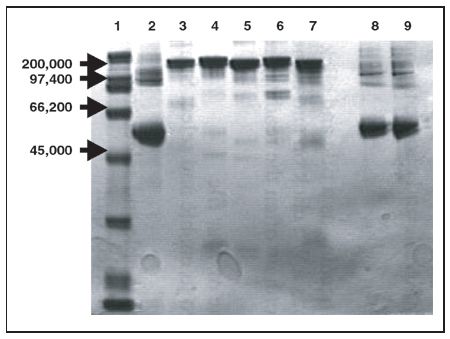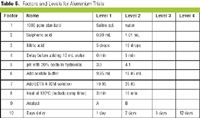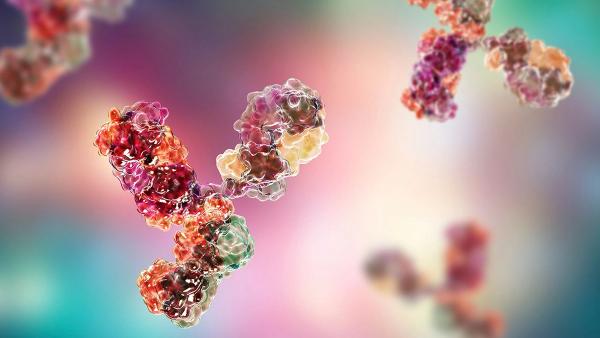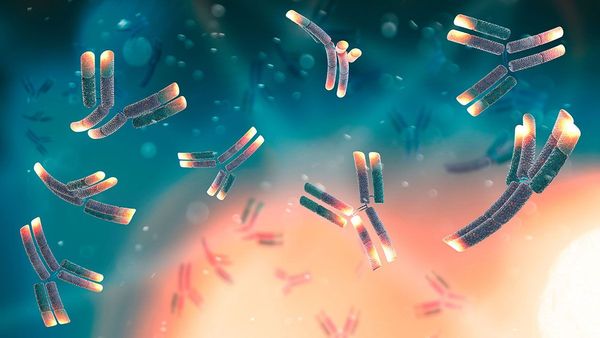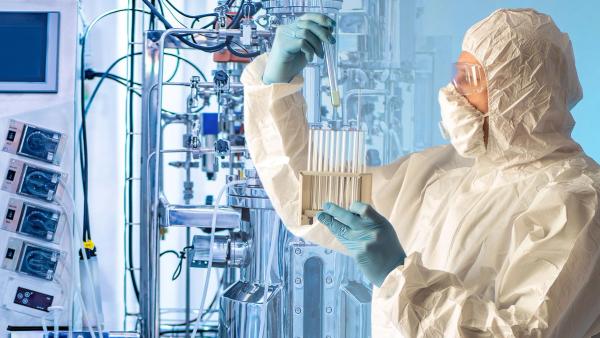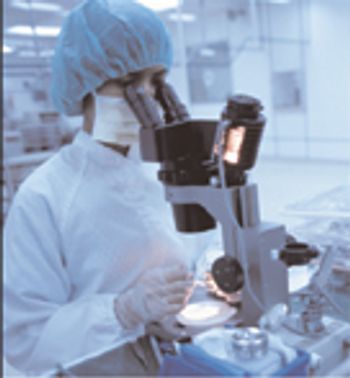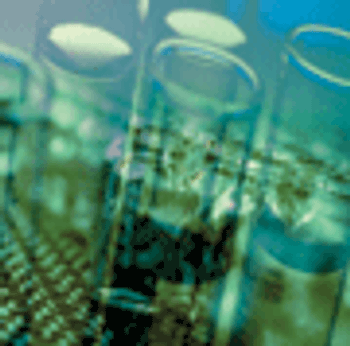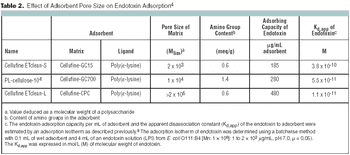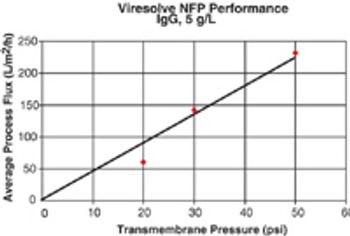
The drive to develop better, faster, and smaller - in other words, more efficient - products is a universal trend in the modern world. This trend has profoundly impacted many industries from microelectronics to packaging equipment. In the biopharmaceutical industry, the need to speed and simplify the long and complex drug manufacturing processes brings additional challenges, such as meeting regulatory requirements.

